INTRODUCTION: Measuring AC current by cutting into live wiring is both impractical and dangerous. The DFRobot analog AC current sensor offers a great solution. It uses induction to measure AC current non - intrusively. Simply place your AC wire inside the unit, connect it to the sensor board with a 3.5mm jack connector, and then connect the sensor board to an analog input on your microcontroller. You can use this sensor for AC motors, lighting equipment, air compressors, or any other AC - powered devices. FEATURES: It supports the Gravity 3 - Pin interface and has an analog output. SPECIFICATION: The module operates at 3.3V - 5.5V, with an analog output voltage of 0.2V - 2.8V (DC). The AC signal input range is 0 - 1V (AC), and the relative error is + 3%. It has a PH2.0 - 3P interface and dimensions of 32 * 27 mm/1.26 * 1.06 inches. The AC current sensor probe can measure AC from 0 - 20A, mapping 0 - 1V AC to 0 - 20A. Its non - linearity is ±3% (10% ~ 120% of the rated input current), with a lead length of 1.5 meters. It can open and close >= 1000 times, works at - 25°C to +70°C, and has dimensions of 13 * 13mm/0.51 * 0.51 inches. DOCUMENTS: Product Wiki and More Documents are available. SHIPPING LIST: The package includes an Analog AC Current Sensor, an Open type AC transformer probe, and an Analog Sensor Cable.

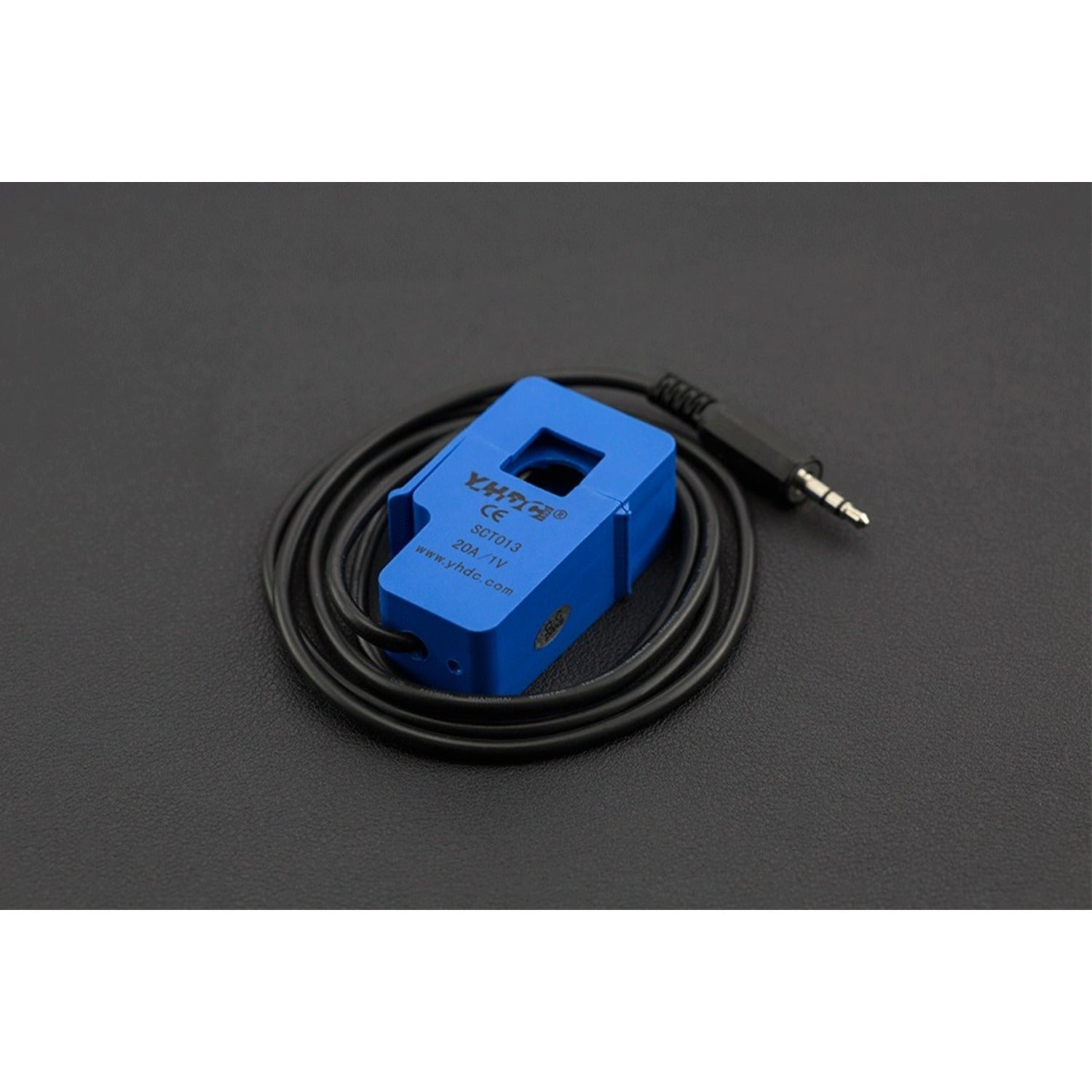
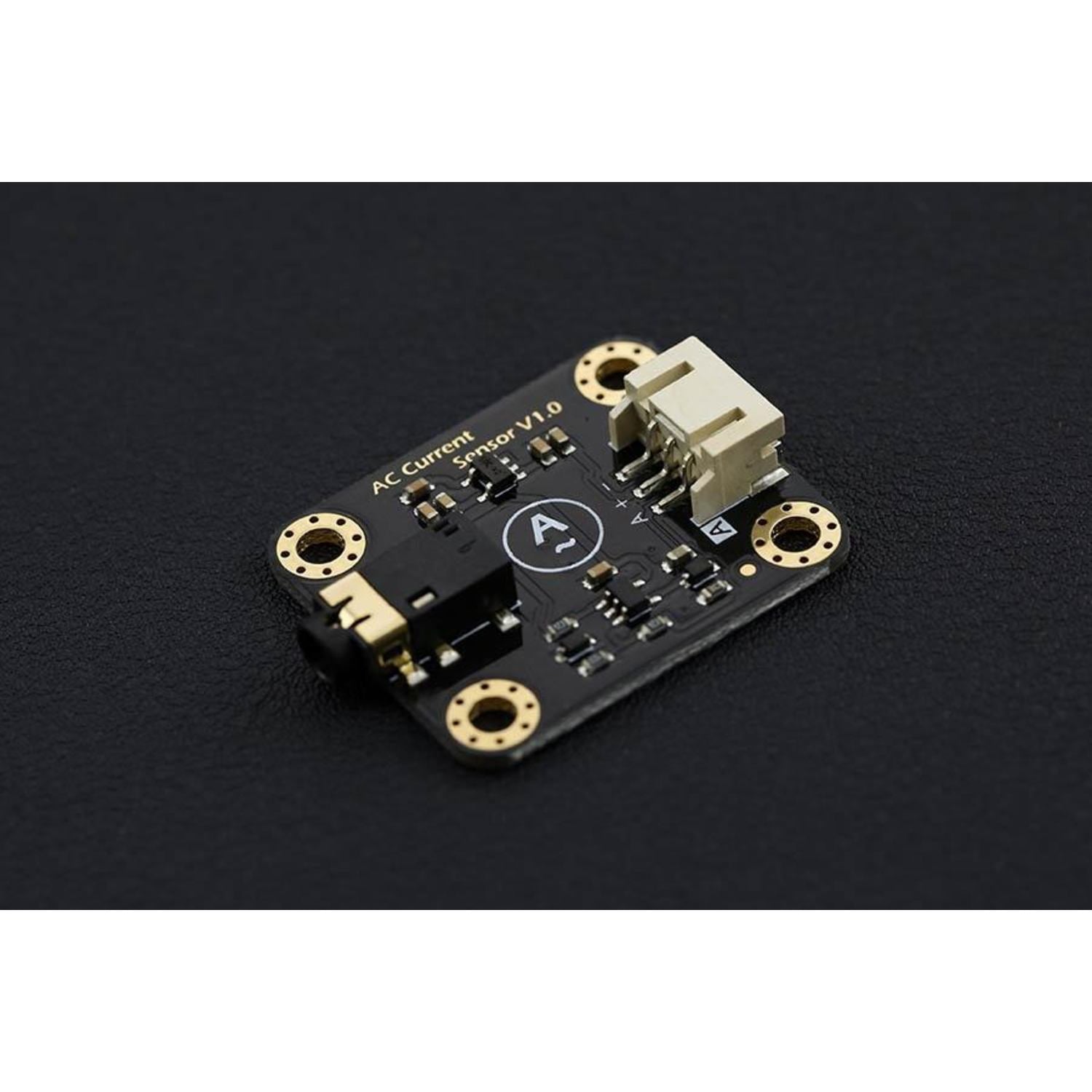
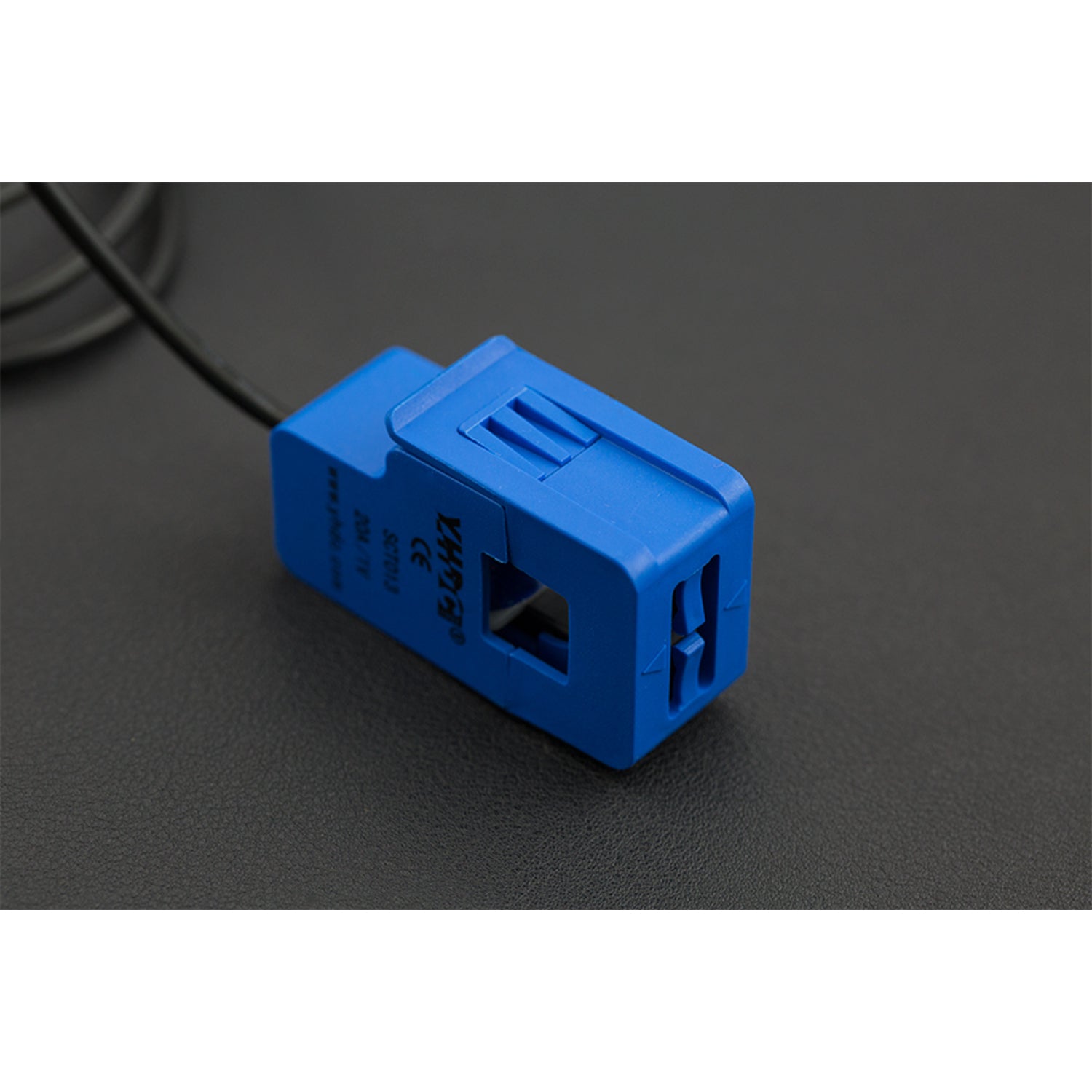
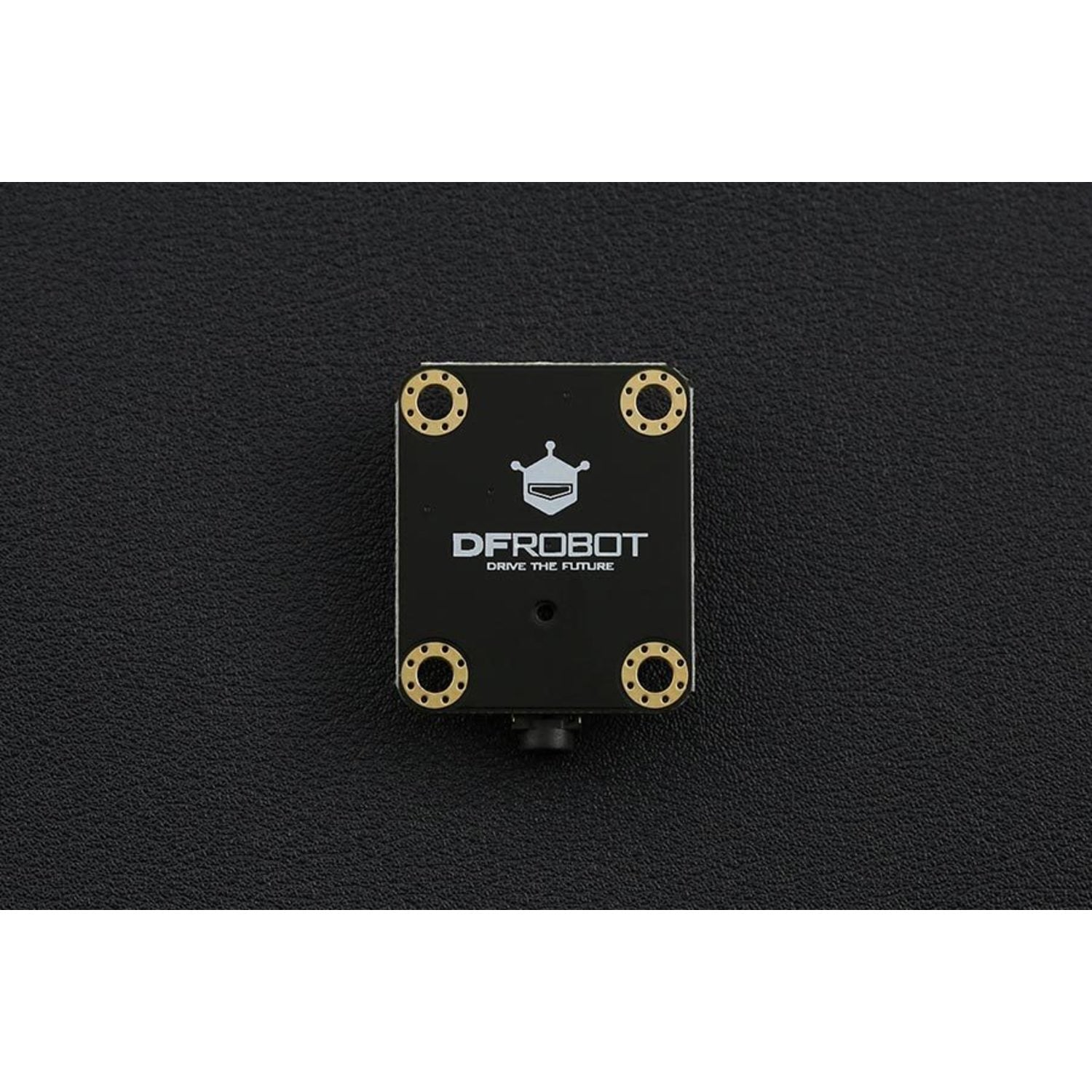
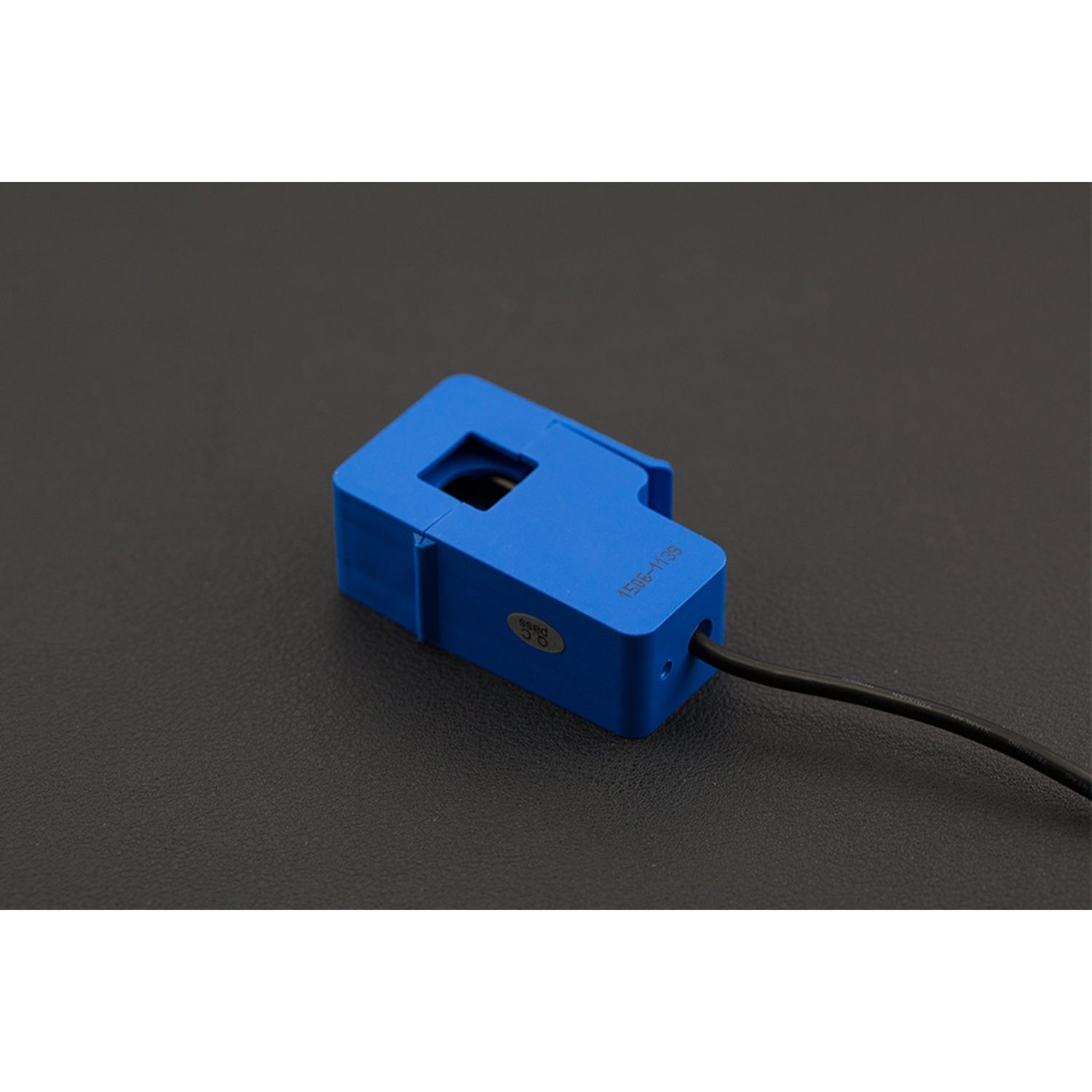
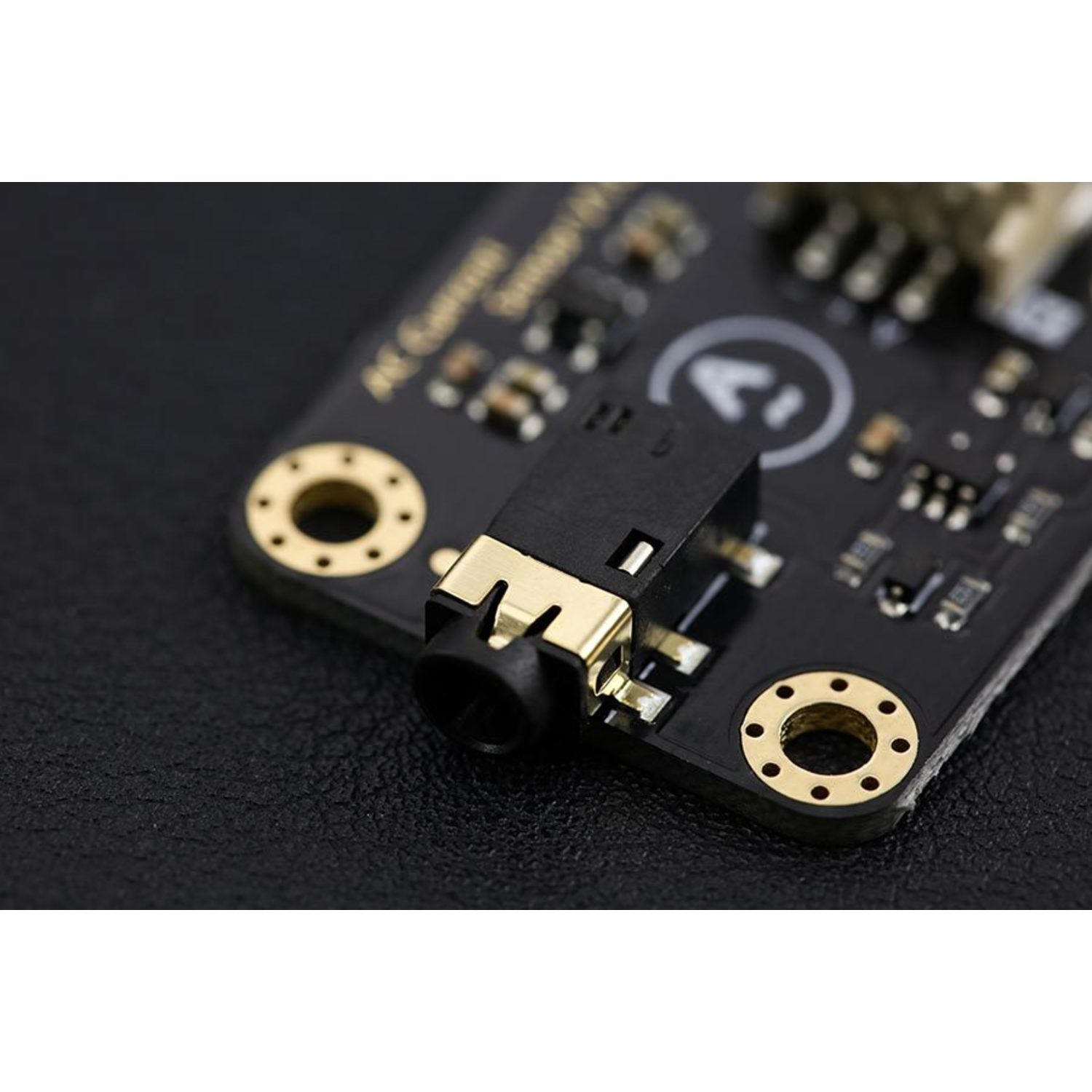

Using this AC current sensor is a breeze. First, place your AC wire inside the unit. Then, use the 3.5mm jack connector to link the unit to the sensor board. After that, connect the sensor board to an analog input on your microcontroller. You can use it to measure the current of various AC - powered devices like motors and lights. When using, make sure the operating voltage is between 3.3V and 5.5V. Don't exceed the AC signal input range of 0 - 1V. As for maintenance, keep it in a dry and clean place within the working temperature range of - 25°C to +70°C. Also, be gentle with the probe's opening and closing to ensure it lasts for more than 1000 times of use.







